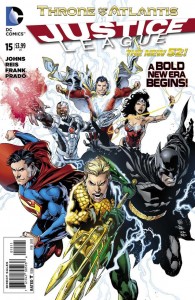 Since last year’s New 52 relaunch, Geoff Johns has made it his personal mission to rehabilitate Aquaman’s reputation. Which is a somewhat Quixotic task, since Aquaman never had much of a reputation to begin with. I remember years ago, when superhero Underoos were finally released for sale, my mom brought me to the store late enough that all that were left were Aquaman Underoos… and I told her that I would rather parade around the schoolyard in tightie-whities than suffer the indignity of having to pretend to be Aquaman. I was 28. But that’s not the point.
Since last year’s New 52 relaunch, Geoff Johns has made it his personal mission to rehabilitate Aquaman’s reputation. Which is a somewhat Quixotic task, since Aquaman never had much of a reputation to begin with. I remember years ago, when superhero Underoos were finally released for sale, my mom brought me to the store late enough that all that were left were Aquaman Underoos… and I told her that I would rather parade around the schoolyard in tightie-whities than suffer the indignity of having to pretend to be Aquaman. I was 28. But that’s not the point.
But hey, everyone has an unlikely dream that they harbor deep in their hearts, and I don’t begrudge Johns his, even though I don’t think he’s quite delivered on it thus far. Hey, I have the secret fantasy that someday I, a bloated and drunken 41-year-old, can smack the home run that wins the Boston Red Sox their third World Series victory since 1918 despite never having played even Little League baseball, so I’m not gonna rank Johns out too much for his dream to make Aquaman cool, despite it arguably having a lower chance at success than mine.
After fifteen months of chasing the dragon, Johns has begin phase two of his unlikely Aquaman resuscitation (actually, given Aquaman’s inability to carry his own book for longer than seven years despite more than 70 years of history, perhaps “presuscitation” is a better word) by making Aquaman the focus of a big Justice League event, Throne of Atlantis. So finally, Johns has his main chance to give Aquaman some relevance, not only in his own title but in the DC Universe proper, by making the poor, fishfucking sonofabitch the focus of a story… but for it to work, the story better be a good one.
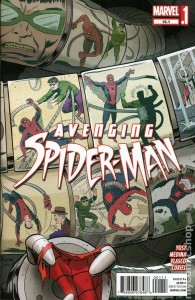
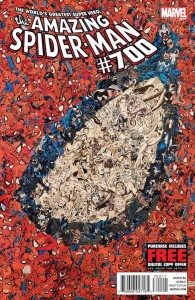
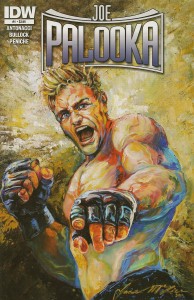

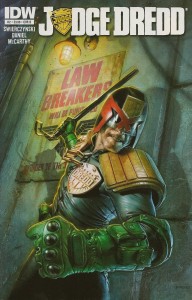
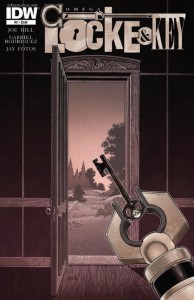
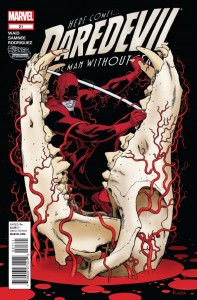
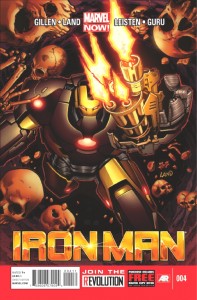
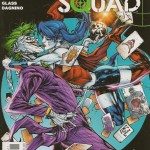
 Podcast RSS Feed
Podcast RSS Feed iTunes
iTunes Google Play
Google Play Stitcher
Stitcher TuneIn Radio
TuneIn Radio Android
Android Miro Media Player
Miro Media Player Comics Podcast Network
Comics Podcast Network